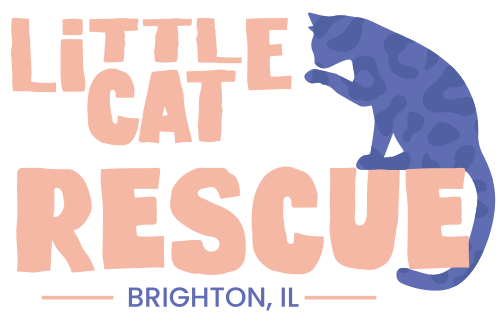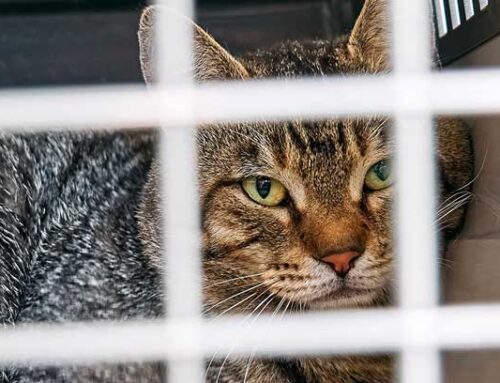
Being a cat foster parent involves providing temporary care, support, and a loving environment for cats in need until they can be adopted into permanent homes. Here’s what it typically looks like to be a cat foster parent:
- Home Evaluation: Before you start, you’ll need to ensure that your home is safe and suitable for cats. This may involve removing hazards, securing windows and balconies, and creating a dedicated space for your foster cats.
- Contacting a Shelter or Rescue: You’ll connect with a local animal shelter or rescue organization that has a cat fostering program. They’ll guide you through the application and approval process.
- Foster Cat Selection: The shelter or rescue will match you with cats or kittens in need of foster care based on your preferences, experience, and available space. You might be asked to foster a specific cat or receive cats on a rotating basis.
- Supplies and Training: The organization will provide you with essential supplies such as food, litter, litter boxes, toys, and sometimes even veterinary care. You may also receive training on topics like cat behavior, medical care, and socialization.
- Caring for Foster Cats: Your responsibilities include feeding, grooming, socializing, and providing medical care as necessary. This can include administering medications, monitoring health, and scheduling veterinary appointments.
- Socialization: Spending time with your foster cats is crucial. Cats that are well-socialized are more likely to find loving, permanent homes. Play with them, interact, and help build their trust and confidence.
- Adoption Promotion: You’ll work with the shelter or rescue to promote your foster cats for adoption. This may involve taking and sharing photos, writing descriptions, and participating in adoption events.
- Transport and Visits: In some cases, you may need to transport your foster cats to adoption events or veterinary appointments. You might also have visits from potential adopters to meet your fosters.
- Emotional Aspects: Being a cat foster parent can be emotionally rewarding but also challenging, especially when it’s time to say goodbye to cats you’ve grown attached to. Many foster parents adopt their foster cats, which can be a happy ending to the fostering journey.
- Documentation: Keep records of your foster cats’ medical history, behavior, and any other relevant information. This helps both you and potential adopters understand their needs and personalities.
- Support and Communication: Maintain regular communication with the shelter or rescue. They are there to provide support and guidance, answer questions, and address any concerns.
- Community Building: Consider joining online forums, social media groups, or local fostering communities to connect with other foster parents. Sharing experiences and advice can be incredibly helpful.
Overall, being a cat foster parent is a compassionate and selfless endeavor. It provides a safe and loving environment for cats in need, increases their chances of finding forever homes, and contributes to the overall welfare of these animals. It’s a fulfilling way to make a positive impact on the lives of cats and the community.




